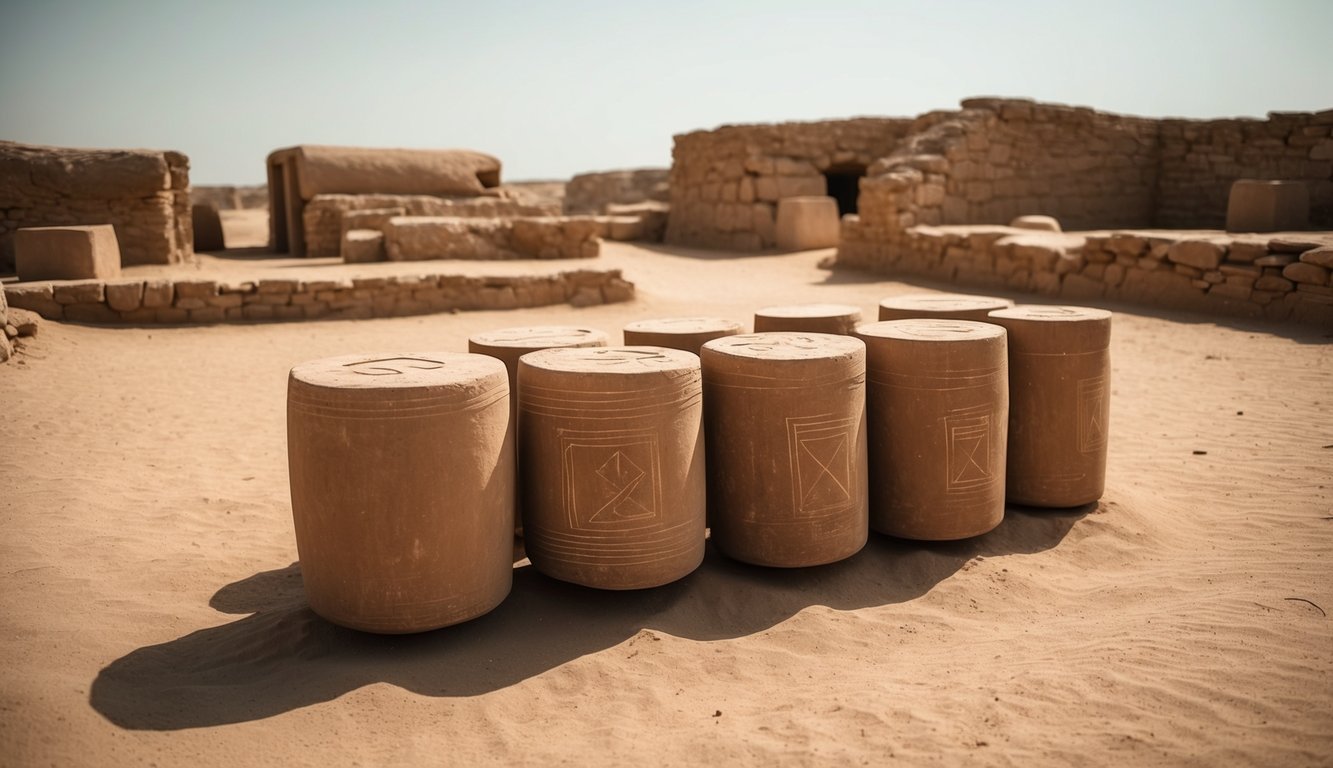How ChatGPT is sneaking its favorite words (like “delve” and “bolster”) into our everyday conversations
Researchers at the Max Planck Institute found ChatGPT’s preferred vocabulary, termed “GPT words,” influences everyday language, increasing usage in both academic and casual conversations.

China Develops Advanced Microwave Weapon Inspired by Fictional Death Star
November 29, 2024
Chinese researchers have developed a novel microwave weapon inspired by the Death Star, overcoming significant technical challenges for precision targeting.

Blue Light Exposure Linked to Early Puberty and Growth Changes
November 28, 2024
Research indicates that prolonged blue light exposure from screens may accelerate puberty and bone growth in rats, raising concerns for children’s health.

Loneliness Alters Neural Perception of Celebrities and Culture
November 28, 2024
Research reveals that loneliness alters brain activity and cultural perceptions, leading lonely individuals to engage with celebrities differently than their socially connected peers.

Gender Differences in Sleep Patterns Impact Health Research Outcomes
November 28, 2024
A CU Boulder study reveals that female mice get less restorative sleep than males, highlighting a critical need for gender balance in sleep research.

Ancient Zircon Reveals Early Water Presence on Mars
November 28, 2024
Researchers found a 4.45 billion-year-old zircon crystal in a Martian meteorite, suggesting water existed on Mars even at its formation, hinting at life potential.

Struggling for Harmony: Baboons and Residents in Simon’s Town
November 28, 2024
Research highlights the growing conflict in Simon’s Town between residents and chacma baboons, emphasizing the need for innovative, humane management strategies.

Adolescent Cannabis Use Linked to Increased Psychosis Risk
November 28, 2024
Research shows adolescent cannabis use is linked to increased psychosis symptoms and distress, suggesting a complex interplay of vulnerability and self-medication.

Ancient Clay Cylinders Redefine Origins of Alphabetic Writing
November 28, 2024
Recent excavations in Syria uncovered clay cylinders with early alphabetic writing, suggesting the alphabet’s origins may date back to 2400 BCE, earlier than previously thought.

